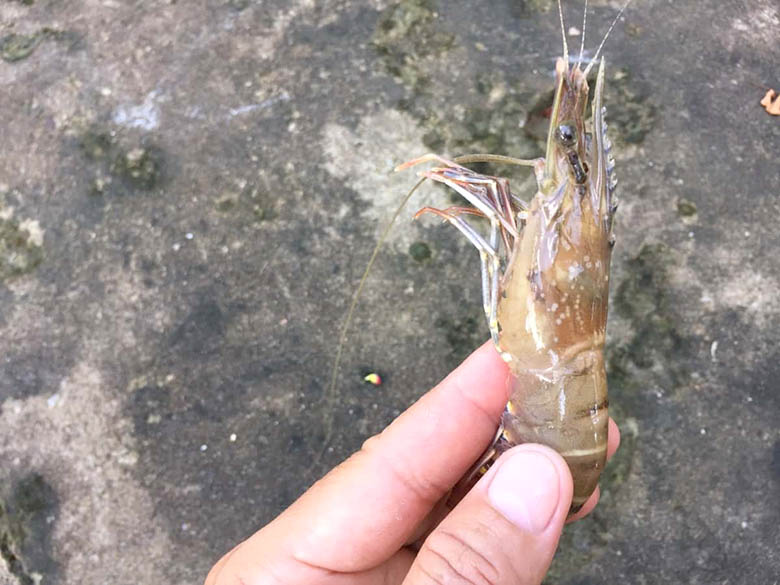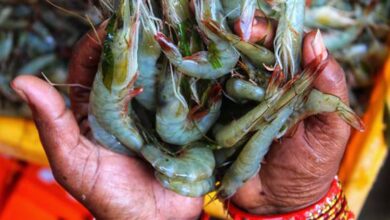
A recent study conducted by the scientists of Iran and Russia examined the potential benefits of dietary tartaric acid, a common organic acid, for L. vannamei, the dominant shrimp species in global production. The work was conducted as a completely randomized design in a laboratory located in Bardstan, Iran.
Shrimp is one of the most traded seafood species in the world and will reach a market size of US$ 69.35 billion by 2028 making it one of the most lucrative businesses. However, there are numerous shrimp species in the market, such as L. vannamei, P. monodon, M. rosenbergii, and others species. Different species have different tastes, textures, and colors, making it possible for consumers to choose shrimp for their culinary creations.
However, the Pacific white shrimp, also known as L. vannamei, has emerged as the leading species in the seafood industry, accounting for over 50% of global production.
Due to its adaptability to a wide range of environments, highly rapid growth rate, and ability to withstand extreme conditions, it has gained a reputation for being a highly durable shrimp species. In comparison with many other shrimp species, it grows rapidly, reaching marketable size within a relatively short time frame. Having this characteristic allows shrimp farmers to produce more L. vannamei in a shorter period of time, which is very crucial for the profit in the shrimp industry.
There also also some risks involved in shrimp aquaculture. The most significant threat to L. vannamei production, however, is the propagation of disease. Among the diseases that are most frequently seen in Vannamei shrimp farms are White Spot Syndrome Virus (WSSV), IHHNV, EMS, EHP, and vibriosis.
Research to find a proper cure for shrimp diseases is not new. Prior research on L. vannamei revealed that the immunological and antioxidant responses were enhanced by organic acid supplementation, such as citric acid, formic acid, and succinic acid.
Tartaric acid, however, modulates intestinal flora in shrimp, inhibits the growth of opportunistic pathogens, and reduces antibiotic consumption, according to findings from the current study.
It was found that the shrimp receiving diets incorporating Tartaric acid, had enhanced growth performance, feed utilization, gut lactic acid bacteria count, and digestive enzyme activity. The study confirms that tartaric acid boosts L. vannamei’s growth and defense systems.
“Based on the results of these studies, Tartaric acid can be considered a novel immunopotentiator and growth stimulator in cultures of L. vannamei,” said Dr Morteza Yousefi one of the researchers involved in the study.
More research is needed, however, to explore the true potential of Tartaric acid to use it for other commercial aquatic organisms such as finfish and shellfish.
Jaber Bin Abdul Bari
Department of Oceanography, NSTU




